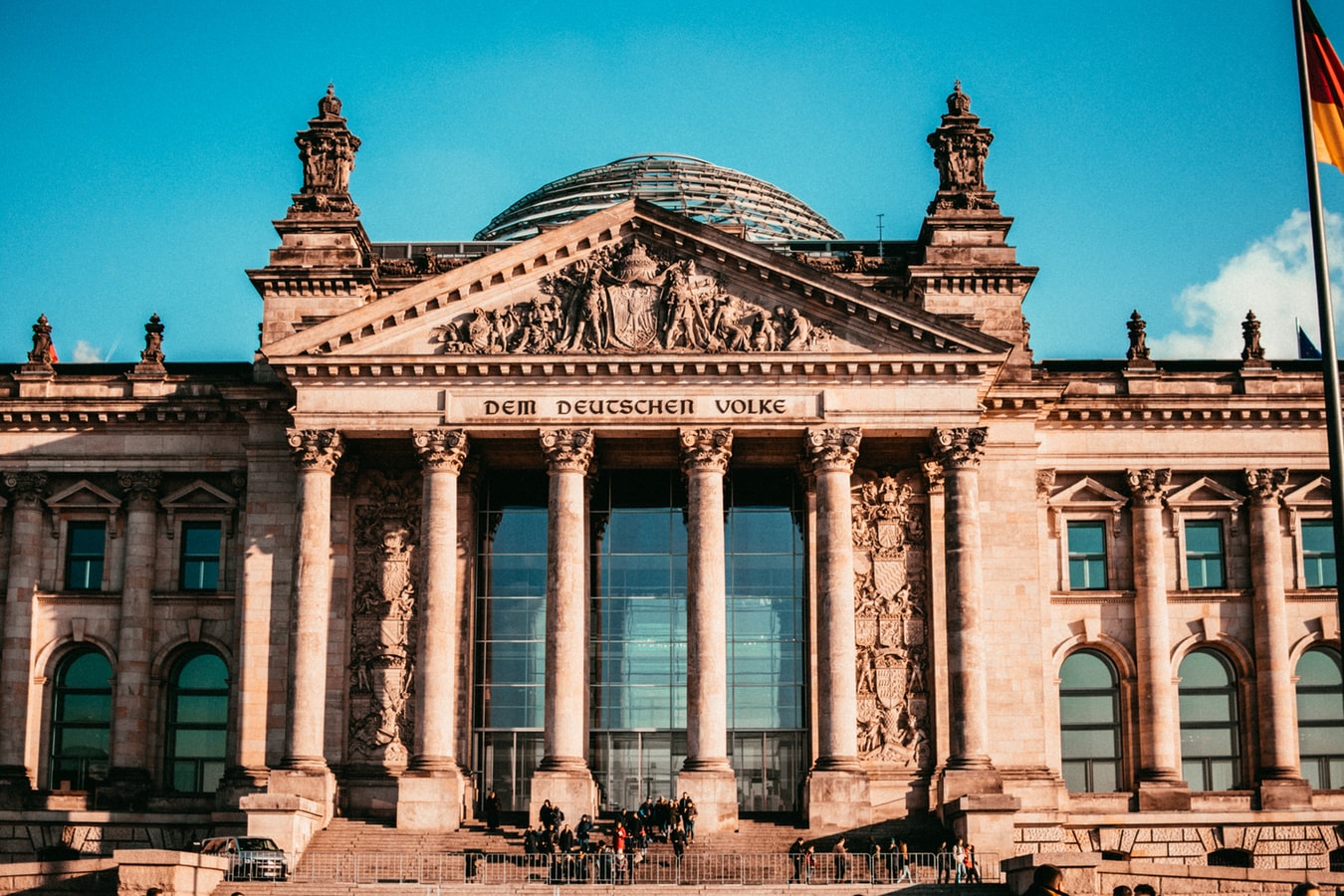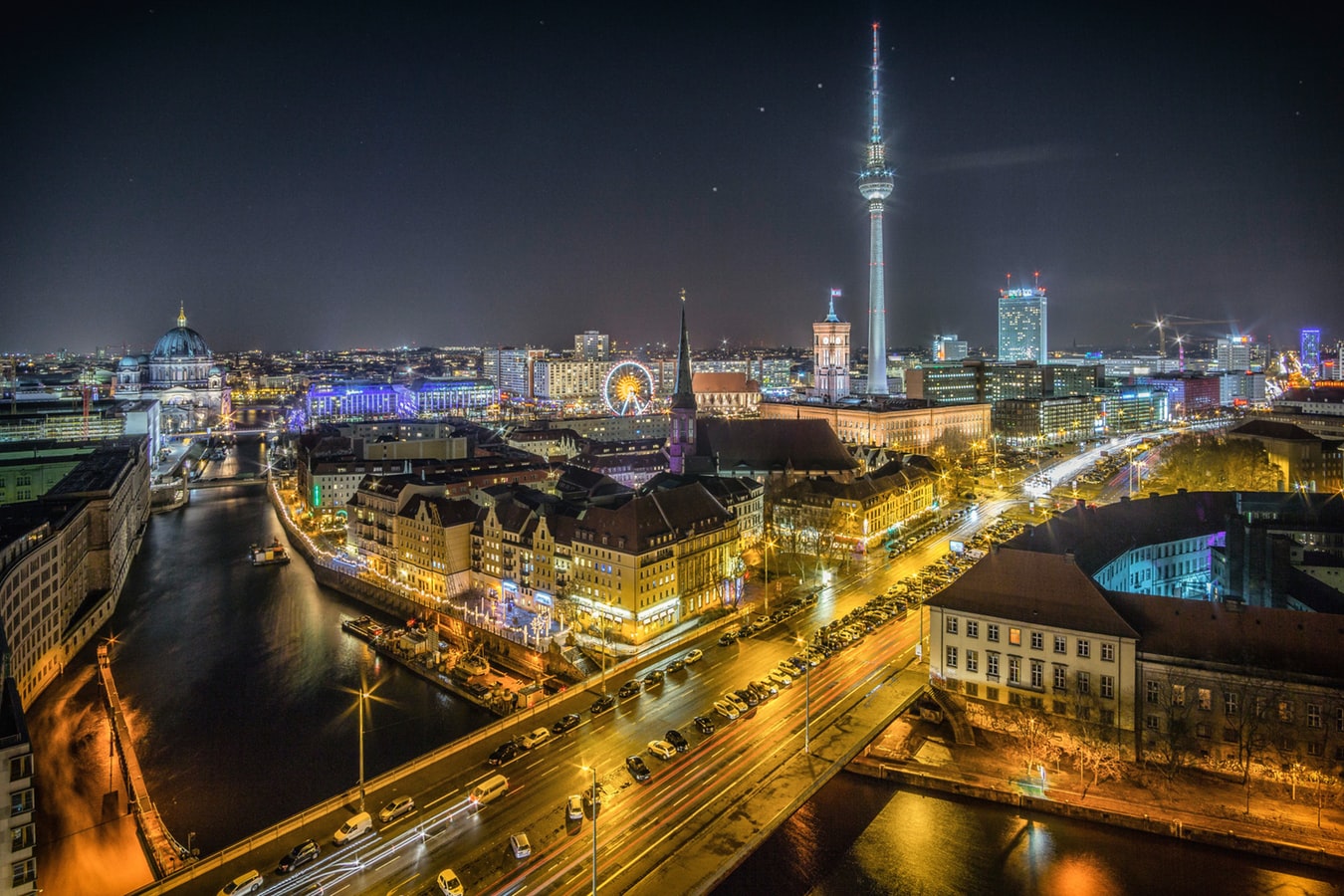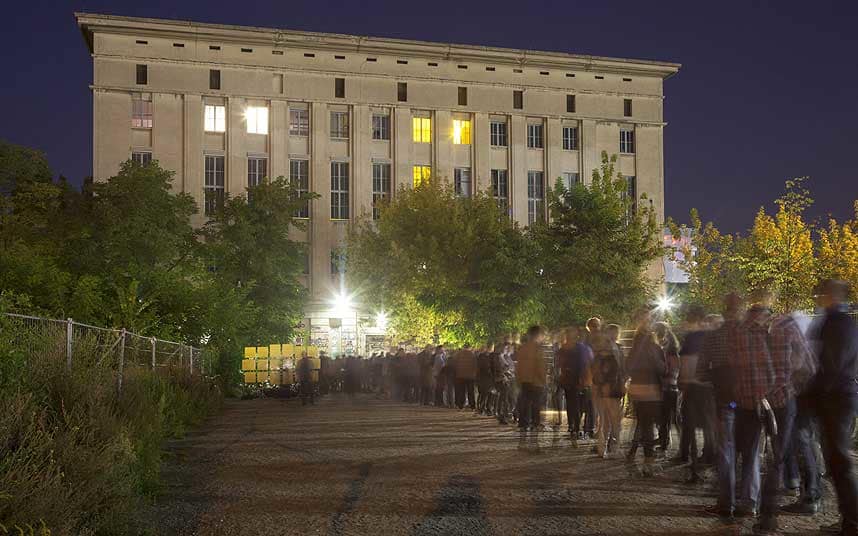The Berlin Photography Guide: The top Photo Spots and Walks

The essential Berlin photography tour: Berlin in one day
If you ever happen to have the chance to photograph in Germany’s capital, then here is the Berlin Guide for Photography that lets you explore the most famous landmarks through Street Photography in this beautiful town. The Street Photography Community might be small in Berlin, but there is a rising interest in photography and photojournalism as well as workshops and classes. International Photographers are discovering this city as a Street Photography hotspot and with my Berlin Guide for Photography, I hope to support your stay and help you to enjoy Berlin from a Photographer’s perspective.
Berlin is one of the most photographed cities in the world. But the city has many great spots and angles to shoot from other than the Brandenburg Gate and the TV Tower.
What are the best locations for street photography in Berlin? The amazing Berlin photo spots? I get these questions quite often, so I decided to write the Berlin photography guide, that I would want to read.
Many are popular spots for taking photographs. One of the most famous is the Oberbaumbrücke. Another is the Elsenbrücke, offering breath-taking panoramic views with the Molecule Men in front and the TV Tower in the background that are particularly impressive at sunset. The sun setting over the city is a popular motif, especially from the Modersohnbrücke. The Ebertbrücke in Berlin's Mitte district is another great spot to shoot the curves of the round Bode Museum at the northern tip of the Museum Island. A steamboat cruise is another great opportunity for plenty of photos, especially for water lovers. You'll get an entirely different perspective on the city on deck and might capture shots that can't be seen from the shore.
Covering 892 square kilometres, Berlin is Germany's largest city. As you might imagine it's quite a challenge to capture such a massive area on camera, but if you're willing to climb up into the clouds, you'll be rewarded with a one-of-a-kind panorama. Sports enthusiasts might want to climb the bell tower in Berlin's Olympic park and enjoy the special views down on the Olympic Stadium. But Berlin has a few options available for those who go about their photography in a more leisurely way. For example, you can head up to a bar like the Klunkerkranich in trendy Neukölln and enjoy a cold drink as you watch the sun set over the city. Other roof terraces around the city offer even more opportunities for stunning shots from high up.
Walk: Kottbusser Tor – Reichenberger Strasse – Mariannenstrasse– Paul-Lincke Ufer – Maybachufer – Planufer – Admiralsbrücke What to expect: Kottbusser Tor is easily the most notorious neighbourhood of Berlin, you will find anything here, drug dealers and drug addicts, Turkish immigrants, party people, artists, alternative lifestylers, tourists etc. Kottbusser Tor is quite active at night with a lot of bars and restaurants being open. As for the walk within some hundred meters the neighborhood changes into nice and gentrified. A lot of well known streetart between Kottbusser Tor and Schlesisches Strasse along Skalitzer Strasse. Summer evenings people hang out at Admiralsbrücke. Great atmosphere. Oranienstrasse (close to Kottbusser Tor) is well worth a visit at night (bars, clubs, restaurants).
The essential Berlin photography tour: Berlin in one dayOf course, bad weather provides the opportunity for great Berlin photography. Yet, let’s face it: There are deeply unpleasant combinations of “wet, cold, windy and dark” – also known as the Berlin winter. Here are my tips for nasty weather: Start at central station. The central station of Berlin is a huge, very modern and open building with lots of glass and steel, always busy always safe. You can literally spend hours here. Head over to Hamburger Bahnhof former train station turned into a museum of modern art with a great coffee shop inside.



